In the world of architecture, selecting the perfect building material is vital to creating a timeless design. One material that has consistently stood the test of time is red sandstone. Valued for its inherent beauty, durability, and versatility, red sandstone facades have graced some of the most iconic structures across the globe. This article explores the captivating appeal and practical benefits of integrating red sandstone facades into architectural designs. Historical Significance: With a history spanning centuries, red sandstone holds a unique place in architectural history. India is renowned for its red sandstone structures, such as the awe-inspiring Red Fort in Delhi and the intricate carvings of Khajuraho temples.
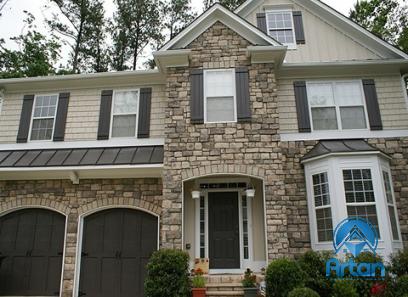
.
 In Europe, notable examples include the Red Sandstone Castle in Scotland and the Royal Crescent in Bath, England. These structures exemplify the lasting beauty and grandeur that red sandstone facades can provide. Distinctive Aesthetics: The rich, warm hues of red sandstone create a captivating visual appeal that sets it apart from other building materials. The natural color variations, ranging from pink to deep red, lend a sense of character and timelessness to any structure. Additionally, the distinctive grain patterns and non-uniformity of red sandstone add an element of uniqueness and sophistication to architectural designs.
In Europe, notable examples include the Red Sandstone Castle in Scotland and the Royal Crescent in Bath, England. These structures exemplify the lasting beauty and grandeur that red sandstone facades can provide. Distinctive Aesthetics: The rich, warm hues of red sandstone create a captivating visual appeal that sets it apart from other building materials. The natural color variations, ranging from pink to deep red, lend a sense of character and timelessness to any structure. Additionally, the distinctive grain patterns and non-uniformity of red sandstone add an element of uniqueness and sophistication to architectural designs.
..
 Durability and Longevity: Red sandstone facades are highly acclaimed for their durability. The material has proven to withstand the test of time, making it an ideal choice for structures built to last for generations. Red sandstone’s resistance to weathering, erosion, and decay ensures that buildings maintain their structural integrity and aesthetics, even in harsh environmental conditions. This longevity is demonstrated by the numerous historical structures that remain intact today. Versatility of Application: One of the greatest advantages of red sandstone facades is their versatility in architectural designs. Whether used in traditional or contemporary styles, red sandstone harmonizes effortlessly with different architectural elements, allowing for seamless integration into various settings.
Durability and Longevity: Red sandstone facades are highly acclaimed for their durability. The material has proven to withstand the test of time, making it an ideal choice for structures built to last for generations. Red sandstone’s resistance to weathering, erosion, and decay ensures that buildings maintain their structural integrity and aesthetics, even in harsh environmental conditions. This longevity is demonstrated by the numerous historical structures that remain intact today. Versatility of Application: One of the greatest advantages of red sandstone facades is their versatility in architectural designs. Whether used in traditional or contemporary styles, red sandstone harmonizes effortlessly with different architectural elements, allowing for seamless integration into various settings.
…
 It can be carved, chiselled, or shaped into intricate patterns, allowing architects to unleash their creativity and create truly unique facades that capture attention. Sustainable and Environmentally Friendly: In an era where sustainability is paramount, red sandstone facades offer an eco-friendly choice. Unlike synthetic building materials, red sandstone is a natural resource, minimally processed, and requires little energy consumption during production. Its durability and timeless appeal also contribute to the longevity of structures, reducing the need for frequent renovations and minimizing waste. Conclusion: Red sandstone facades have stood the test of time, offering an exquisite blend of aesthetic appeal, durability, and environmental consciousness. Architects and designers are drawn to its warm hues and distinctive characteristics, while building owners appreciate its longevity and low maintenance requirements. As we continue to explore sustainable building practices, red sandstone remains a steadfast choice for those seeking both beauty and functionality in architectural design.
It can be carved, chiselled, or shaped into intricate patterns, allowing architects to unleash their creativity and create truly unique facades that capture attention. Sustainable and Environmentally Friendly: In an era where sustainability is paramount, red sandstone facades offer an eco-friendly choice. Unlike synthetic building materials, red sandstone is a natural resource, minimally processed, and requires little energy consumption during production. Its durability and timeless appeal also contribute to the longevity of structures, reducing the need for frequent renovations and minimizing waste. Conclusion: Red sandstone facades have stood the test of time, offering an exquisite blend of aesthetic appeal, durability, and environmental consciousness. Architects and designers are drawn to its warm hues and distinctive characteristics, while building owners appreciate its longevity and low maintenance requirements. As we continue to explore sustainable building practices, red sandstone remains a steadfast choice for those seeking both beauty and functionality in architectural design.
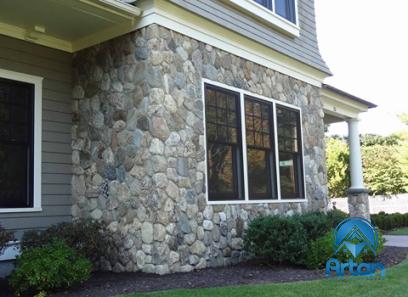
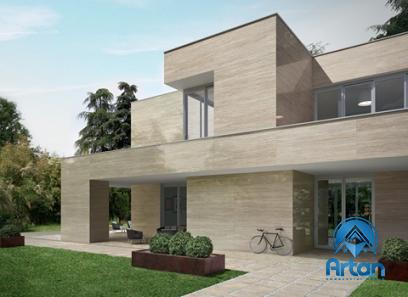
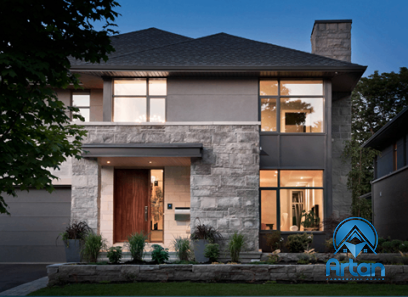

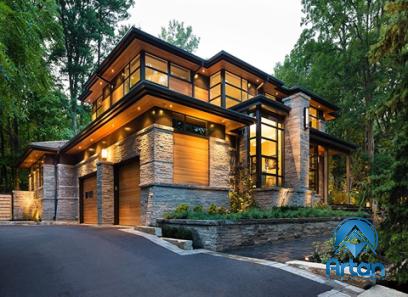
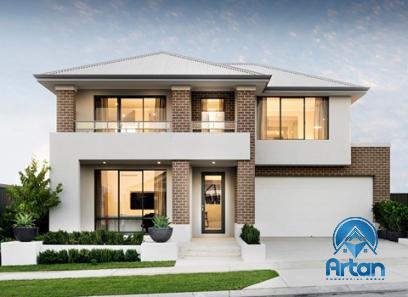
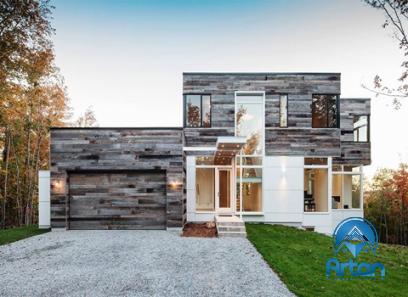
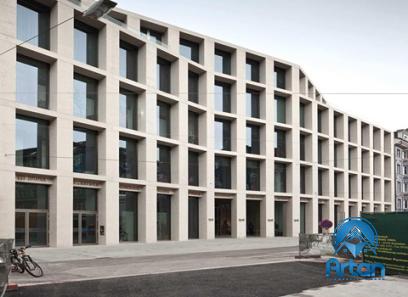
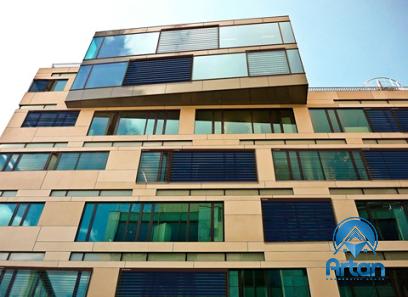
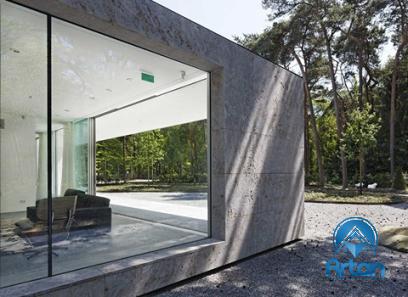
Your comment submitted.